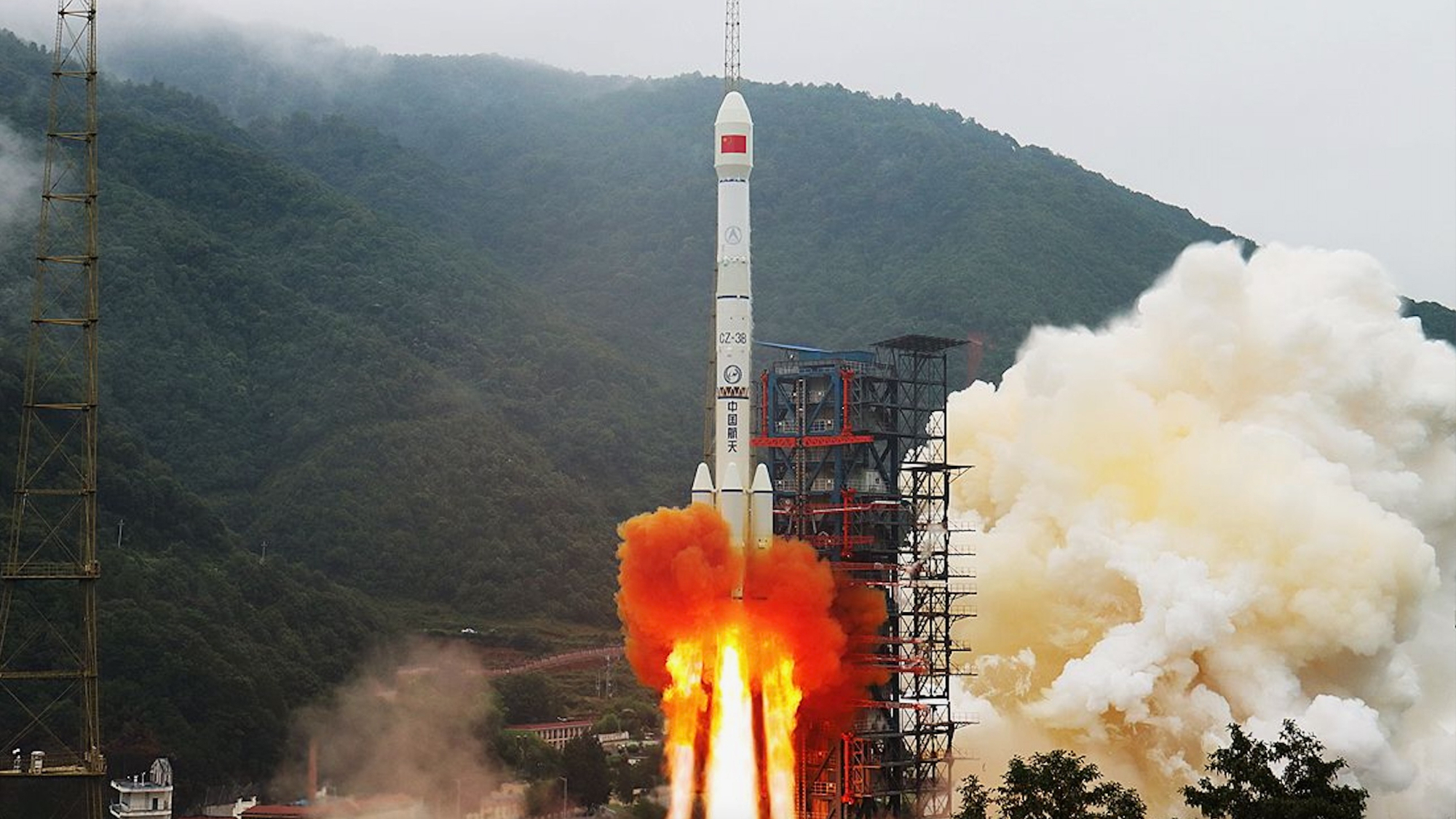
China brought two spacecraft together high above Earth as part of a refueling demonstration mission, according to a space situational awareness company.
China's Shijian-21 and Shijian-25 satellites had been moving toward each other in geosynchronous orbit, around 22,236 miles (35,786 kilometers) above the equator, Spacenews reported on June 6. And now the pair appear to have had a brief first encounter, according to observations from the ground.
Optical tracking by the space situational awareness firm s2a systems shows a close approach between the two on June 14, with the pair, at times, virtually unresolvable from the other. This suggests that Shijian-21 and Shijian-25 made at least a test-run close approach and may have even performed a docking and undocking test.
A short time-lapse of today's 11:46-hour coverage of SJ-21 and SJ-25, recorded from 08:47 to 20:33 UTC. pic.twitter.com/Z8SjGLNDuHJune 13, 2025
Tracking from s2a indicates that the two spacecraft made very close approaches on both June 13 and June 14.
The test aims to demonstrate on-orbit refueling and mission extension capabilities, helping to improve the sustainability of space operations.
Shijian-25 launched in January to demonstrate on-orbit refueling and satellite servicing, while Shijian-21 launched in 2021 and towed a dead satellite out of geosynchronous orbit and into a higher, "graveyard" orbit.
Both spacecraft were developed by China's state-owned Shanghai Academy of Spaceflight Technology (SAST). SpaceNews also reported that U.S. surveillance spacecraft USA 270 and USA 271 were nearby, to the east and west of the two Chinese spacecraft, and likely to observe the activity.
The U.S., through the aerospace giant Northrop Grumman, has already tested life-extension services for satellites in geosynchronous orbit with its Mission Extension Vehicle-1 and Mission Extension Vehicle-2 spacecraft, while Tokyo-based company Astroscale aims to carry out its own complex refueling tests as soon as next year.







